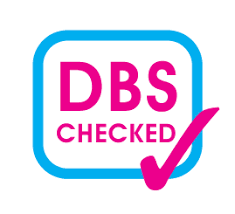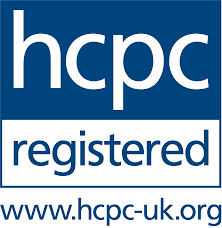A Brief Overview of Models and Techniques Used in Therapy
Integrative
Cognitive Behaviour Therapy (CBT)
Acceptance and Commitment Therapy (ACT)
Solution Focused
Person Centred
Mindfulness
Clinical Hypnotherapy
EMDR (Eye Movement Desensitization and Reprocessing)
EMDR Institute defines Eye Movement Desensitization and Reprocessing as- a psychotherapy that enables people to heal from the symptoms and emotional distress that are the result of disturbing life experiences. EMDR therapy shows that the mind can in fact heal from psychological trauma much as the body recovers from physical trauma.
This is a counselling/psychotherapy approach where a number of different elements of specific therapies are drawn upon to help custom make a technique for each individual client. The counselling techniques used are tailored to the client’s needs and personal circumstances.
CBT is a talking therapy where the therapist and client work together to identify problems and look at ways of solving them. This often involves looking at the way you think and behave about certain things. CBT therapy focuses on life in the present and the problems you have right now rather than looking back into the past. The aim of therapy is to teach you to apply the skills you have learnt during treatment to your daily life. This should help you manage your problems and stop them having a negative impact on your life, even after your therapy has finished.
Psychology Today defines ACT as-an action-oriented approach to psychotherapy that stems from traditional behaviour therapy and cognitive behavioural therapy. Clients learn to stop avoiding, denying, and struggling with their inner emotions and, instead, accept that these deeper feelings are appropriate responses to certain situations that should not prevent them from moving forward in their lives. With this understanding, clients begin to accept their issues and hardships and commit to making necessary changes in their behaviour, regardless of what is going on in their lives, and how they feel about it.
Solution Focused therapy focuses on solution building by exploring the client’s current resources and goals. Using a future focused approach to look forward and achieve their goals.
This is a style of counselling that believes that it is the client that has a unique understanding of their own world. The therapist aims to help the client re connect with this insight and thus the client can move through difficulty and find answers within their world.
MIND defines Mindfulness as - a technique you can learn which involves making a special effort to notice what's happening in the present moment (in your mind, body and surroundings) – without judging anything. It has roots in Buddhism and meditation, but you don't have to be spiritual, or have any particular beliefs, to try it. It aims to help you: to become more self-aware; to feel calmer and less stressed; to feel more able to choose how to respond to your thoughts and feelings; to cope with difficult or unhelpful thoughts; to be kinder towards yourself.
Anxiety UK states - Hypnotherapy is the use of hypnosis for the treatment and alleviation of a variety of physical and psychological symptoms. Hypnosis allows the subject to experience often quite deep levels of relaxation and so helps to reduce levels of stress and anxiety. It is often used alongside classical behavioural therapies such as ‘systematic desensitisation’. Two important elements of this therapy are the ability to clearly imagine something that makes you feel anxious and then to attain a deeply relaxed state. Hypnosis helps to achieve both of these more easily and quickly than many other forms of treatment.
EMDR Institute defines Eye Movement Desensitization and Reprocessing as- a psychotherapy that enables people to heal from the symptoms and emotional distress that are the result of disturbing life experiences. EMDR therapy shows that the mind can in fact heal from psychological trauma much as the body recovers from physical trauma.




